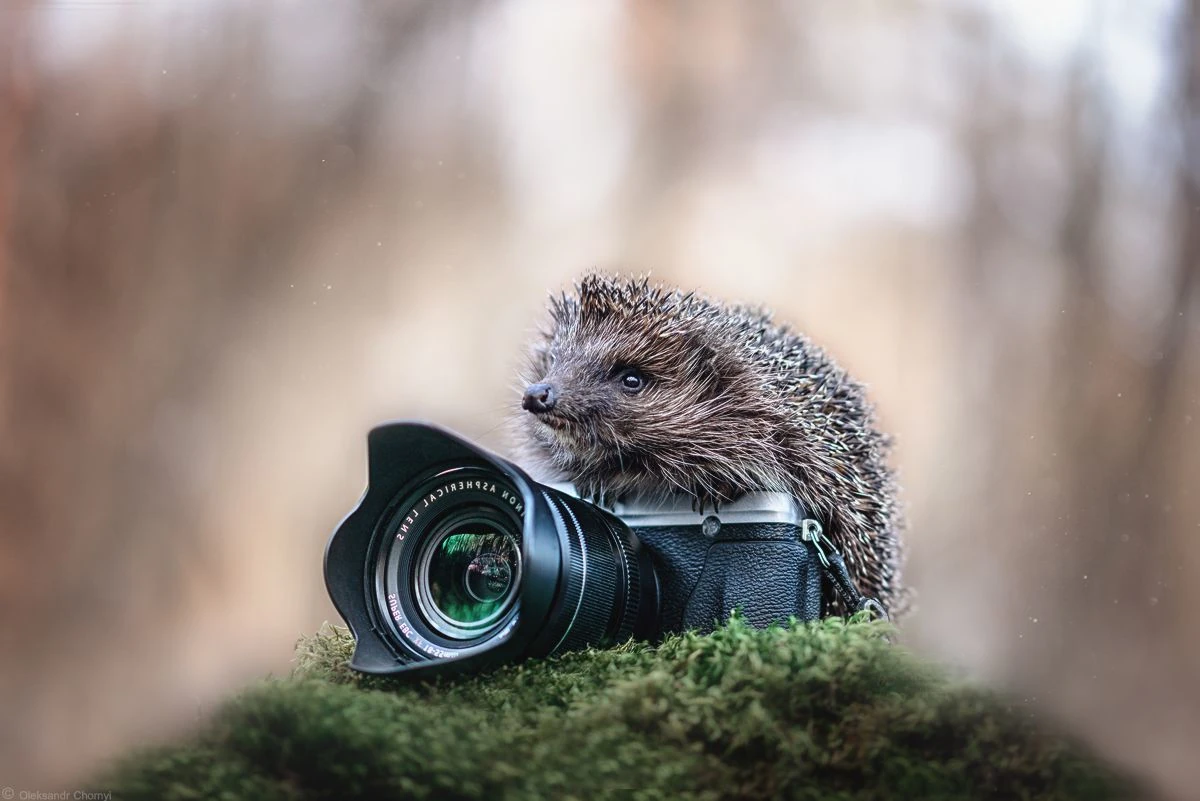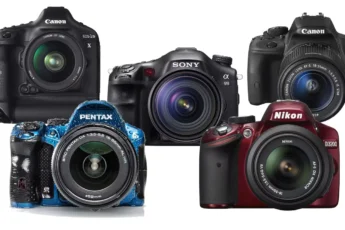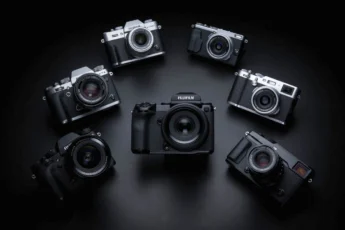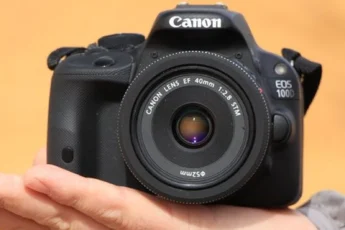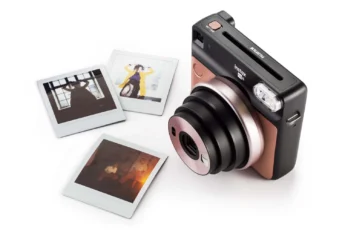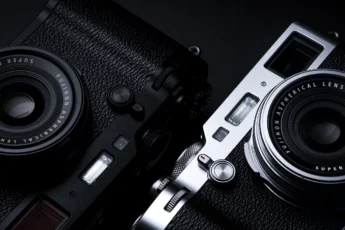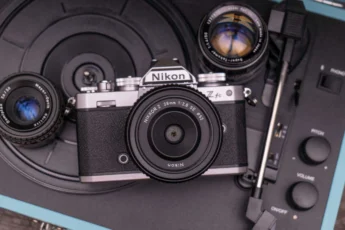Nikon, a renowned name in the world of photography, has been at the forefront of camera technology for decades. With a rich history dating back to 1917, Nikon has consistently delivered exceptional cameras that have captured the hearts of photographers worldwide. From the iconic Nikon F, which revolutionized the photography industry, to the modern mirrorless marvels, Nikon has always been committed to pushing the boundaries of what’s possible in image capture.
Whether you’re a professional wildlife photographer or an enthusiastic amateur, Nikon cameras offer the perfect blend of performance, reliability, and innovation to help you capture breathtaking shots of nature’s wonders. In this blog post, we’ll take a deep dive into the world of Nikon cameras, exploring their evolution, significance, and the top models that are best suited for wildlife photography. So, grab your binoculars, and let’s embark on this exciting journey together!
- Evolution of Nikon Cameras
- Significance of Nikon Cameras in Photography
- Overview of Nikon Camera Series
- DSLR Cameras
- Features and Performance
- Popular Models
- Mirrorless Cameras
- Advantages over DSLRs
- Notable Models
- Compact Cameras
- Portability and Convenience
- Highlighted Models
- Top Nikon Cameras for Wildlife Photography
- Criteria for Selecting Nikon Cameras
- Nikon Camera Comparison for Wildlife Shots
- Zoom Capability
- Image Quality
- Durability
- Detailed Reviews of Selected Nikon Cameras
- Nikon Z9
- Features and Specifications
- Pros and Cons
- Nikon Coolpix P1000
- Zoom Range and Performance
- User Experience
- Nikon Z 5
- Lens Compatibility
- Performance in Wildlife Photography
- Future Outlook of Nikon Cameras
- Anticipated Developments in Nikon Technology
- Potential Impact on Wildlife Photography
- Conclusion
Evolution of Nikon Cameras
Nikon’s journey in the camera industry has been marked by numerous milestones and groundbreaking innovations. From the early days of film photography to the digital era, Nikon has consistently pushed the envelope to deliver cameras that exceed expectations. The launch of the Nikon Model I in 1948 marked the beginning of a new era in photography, offering photographers unparalleled precision and quality.
![]()
As technology progressed, Nikon embraced the digital revolution, introducing the Nikon D1 in 1999, which became the first commercially available digital SLR camera. This milestone paved the way for a new generation of photographers to explore the limitless possibilities of digital photography. Over the years, Nikon continued to refine its cameras, incorporating advanced features such as high-resolution sensors, fast autofocus systems, and powerful image processors, enabling photographers to capture stunning images in various conditions.
Significance of Nikon Cameras in Photography
Nikon cameras have played a significant role in shaping the art of photography. From capturing iconic moments in history to enabling photographers to push creative boundaries, Nikon has been a trusted companion for professionals and enthusiasts alike. The brand’s commitment to delivering exceptional image quality, reliability, and versatility has made it a favorite among photographers across various genres, including wildlife photography.
One of the most notable contributions of Nikon cameras to wildlife photography is their ability to capture stunning details and vibrant colors, even in challenging lighting conditions. With advanced autofocus systems that can track moving subjects with precision, Nikon cameras have become an indispensable tool for wildlife photographers who seek to freeze moments of natural beauty. The brand’s dedication to innovation has also led to the development of telephoto lenses that allow photographers to get up close and personal with their subjects without disturbing them, making Nikon cameras a go-to choice for ethical wildlife photography.
Overview of Nikon Camera Series
Nikon offers a diverse range of camera series to cater to the needs of photographers at various skill levels and preferences. Let’s take a closer look at the main categories:
DSLR Cameras
Features and Performance
Nikon’s DSLR cameras are renowned for their exceptional image quality, versatility, and durability. With large sensors and advanced image processors, these cameras deliver stunning detail and low-noise performance, even in low-light situations. Nikon DSLRs also boast fast and accurate autofocus systems, making them ideal for capturing fast-moving wildlife. The extensive range of compatible lenses allows photographers to adapt to different shooting scenarios and creative styles.
Popular Models
Some of the most popular Nikon DSLR models for wildlife photography include the Nikon D850, known for its high-resolution sensor and excellent dynamic range, and the Nikon D5, which offers unparalleled speed and low-light performance. The Nikon D500 is another favorite among wildlife photographers, thanks to its excellent autofocus system and crop sensor that provides extra reach.
Mirrorless Cameras
Advantages over DSLRs
Nikon’s mirrorless cameras have been gaining popularity among wildlife photographers due to their compact size, silent shooting capabilities, and advanced autofocus systems. These cameras eliminate the need for a mirror mechanism, resulting in lighter and more portable bodies. Mirrorless cameras also offer electronic viewfinders that provide real-time exposure and focus previews, making it easierto compose and adjust settings on the fly.
Notable Models
The Nikon Z9 has taken the mirrorless world by storm, offering an incredible combination of speed, resolution, and professional-grade video capabilities. With its ability to shoot at 20 frames per second and its advanced animal eye autofocus, the Z9 has become a top choice for wildlife photographers who demand the best. The Nikon Z7 and Z6 are also excellent options, providing impressive image quality and performance in a more compact form factor.
Compact Cameras
Portability and Convenience
For photographers who prioritize portability and convenience, Nikon’s compact cameras offer a great alternative to larger DSLRs and mirrorless models. These cameras are lightweight, easy to carry, and often feature built-in zoom lenses that cover a wide range of focal lengths. While they may not offer the same level of image quality and manual control as their larger counterparts, compact cameras are perfect for casual wildlife photography or as a backup option.
Highlighted Models
The Nikon Coolpix P1000 is a standout compact camera for wildlife photography, thanks to its incredible 125x optical zoom range. With a focal length equivalent of 24-3000mm, this camera allows you to capture distant subjects with ease. The Nikon Coolpix P950 is another popular choice, offering a slightly shorter zoom range but improved low-light performance and 4K video recording capabilities.
Top Nikon Cameras for Wildlife Photography
Criteria for Selecting Nikon Cameras
When choosing a Nikon camera for wildlife photography, several key factors come into play. Autofocus performance is crucial, as it determines how quickly and accurately the camera can lock onto moving subjects. A high-resolution sensor is essential for capturing fine details and allowing for cropping flexibility in post-processing. Burst speed, measured in frames per second (FPS), is another important consideration, as it enables photographers to capture multiple shots of fleeting moments. Additionally, durability and weather sealing are vital for withstanding the rigors of outdoor photography.
Nikon Camera Comparison for Wildlife Shots
Zoom Capability
When it comes to zoom capability, the Nikon Coolpix P1000 is in a league of its own. With a massive 125x optical zoom range, equivalent to 24-3000mm, this compact camera allows you to capture incredible close-ups of distant wildlife. The Nikon Z9, while not boasting the same zoom range, offers exceptional performance when paired with Nikon’s high-quality telephoto lenses, such as the Nikkor Z 100-400mm f/4.5-5.6 VR S.
Image Quality
In terms of image quality, the Nikon Z9 and Nikon D850 are top contenders. Both cameras feature high-resolution sensors (45.7 MP and 45.4 MP, respectively) that deliver stunning detail and dynamic range. The Nikon Z7 and Z6 also offer excellent image quality, with the Z7 boasting a 45.7 MP sensor and the Z6 featuring a 24.5 MP sensor optimized for low-light performance.
Durability
When it comes to durability, Nikon’s professional-grade cameras, such as the D5 and Z9, are built to withstand the toughest conditions. These cameras feature robust magnesium alloy bodies and extensive weather sealing, allowing photographers to shoot in challenging environments without worrying about damage to their equipment. The Nikon D500 and D850 also offer excellent durability, making them reliable choices for wildlife photography.
Detailed Reviews of Selected Nikon Cameras
Nikon Z9
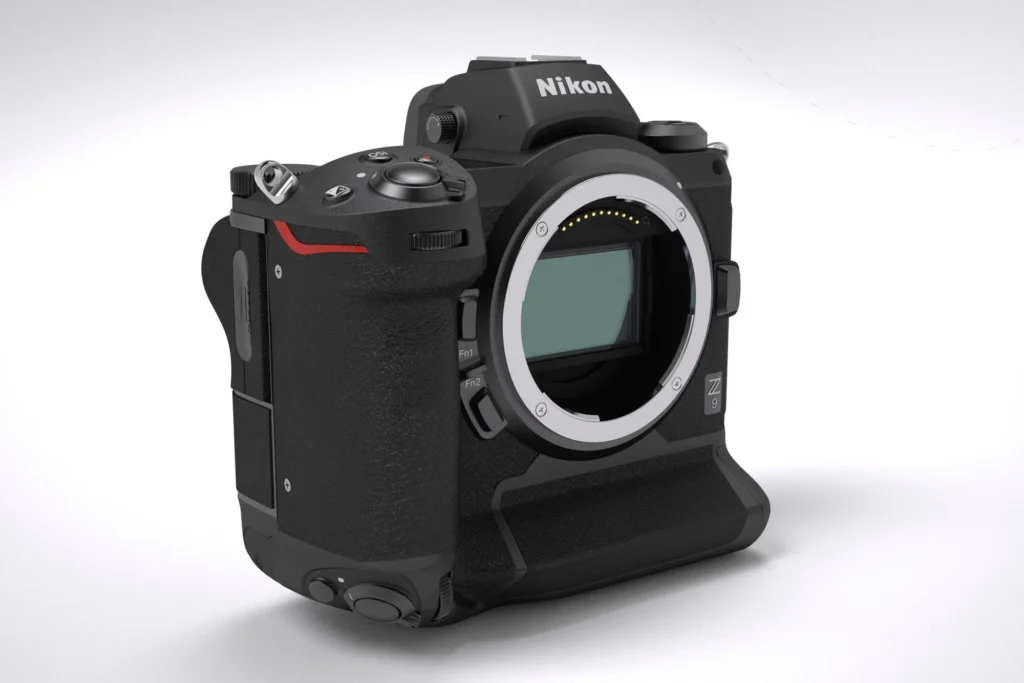
Features and Specifications
The Nikon Z9 is a powerhouse mirrorless camera that combines speed, resolution, and advanced features, making it an ideal choice for wildlife photography. With a 45.7 MP full-frame sensor, the Z9 delivers exceptional image quality and detail. The camera boasts an impressive 20 FPS continuous shooting speed with full AF/AE tracking, allowing you to capture fast-moving subjects with ease. The Z9 also features Nikon’s most advanced autofocus system to date, with 493 AF points and intelligent subject tracking capabilities.
Pros and Cons
One of the main advantages of the Nikon Z9 for wildlife photography is its autofocus performance. The camera’s advanced AF system can quickly and accurately track moving subjects, even in challenging lighting conditions. The Z9’s high-resolution sensor also allows for significant cropping flexibility, which is particularly useful when photographing distant wildlife. However, the Z9 does come with a hefty price tag, which may be a drawback for some photographers. Additionally, the camera’s high-resolution files can quickly fill up memory cards and require more storage space.
Nikon Coolpix P1000
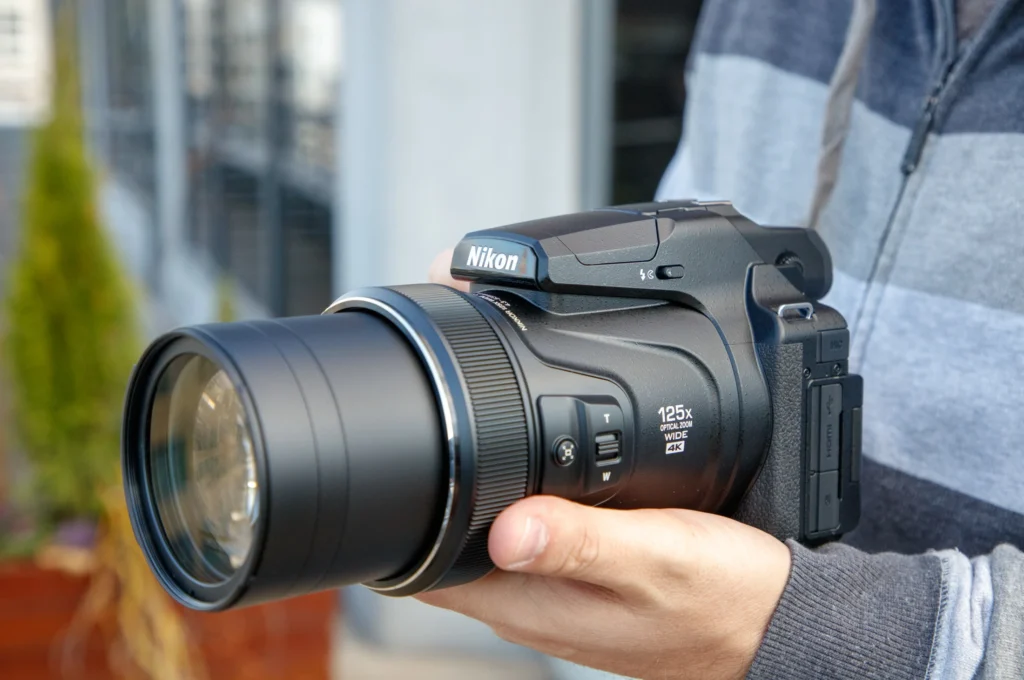
Zoom Range and Performance
The Nikon Coolpix P1000 is a superzoom compact camera that offers an incredible 125x optical zoom range, equivalent to 24-3000mm in 35mm terms. This extensive zoom capability makes it possible to capture detailed shots of distant wildlife without the need for interchangeable lenses. The camera also features Nikon’s Vibration Reduction (VR) technology, which helps to minimize the effects of camera shake when shooting at long focal lengths.
User Experience
While the Nikon Coolpix P1000’s zoom range is impressive, the camera does have some limitations. The small sensor size means that image quality may not be on par with larger-sensor cameras, particularly in low-light situations. The camera’s focusing speed and continuous shooting rate may also be slower compared to advanced DSLRs or mirrorless models. However, for photographers who prioritize zoom capability and portability, the P1000 offers a unique and enjoyable shooting experience.
Nikon Z 5
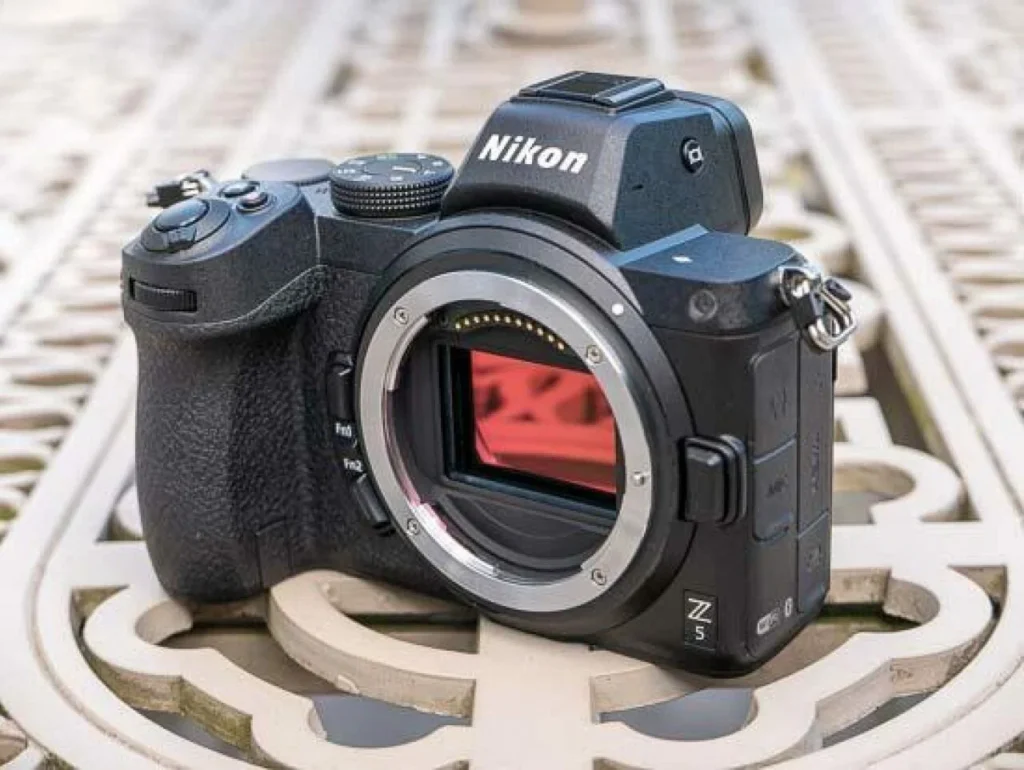
Lens Compatibility
The Nikon Z 5 is an entry-level full-frame mirrorless camera that offers excellent value for wildlife photographers. The camera is compatible with Nikon’s growing lineup of Z-mount lenses, including the Nikkor Z 70-200mm f/2.8 VR S and the Nikkor Z 100-400mm f/4.5-5.6 VR S, both of which are well-suited for wildlife photography. The Z 5 also supports the use of F-mount lenses via the FTZ adapter, allowing photographers to use their existing Nikon DSLR lenses with the camera.
Performance in Wildlife Photography
Despite being an entry-level model, the Nikon Z 5 offers impressive performance for wildlife photography. The camera features a 24.3 MP full-frame sensor, which delivers excellent image quality and low-light performance. The Z 5 also has a capable autofocus system with 273 AF points and animal eye detection, making it easier to lock focus on wildlife subjects. While the camera’s continuous shooting speed of 4.5 FPS may not be as fast as higher-end models, it still allows for capturing key moments of animal behavior.
Future Outlook of Nikon Cameras
Anticipated Developments in Nikon Technology
Nikon continues to innovate and push the boundaries of camera technology, with exciting developments on the horizon. The company’s focus on improving autofocus performance, particularly in terms of subject recognition and tracking, is expected to yield even more capable cameras for wildlife photography in the future. Advancements in sensor technology, such as higher resolution and improved low-light performance, will also play a significant role in shaping the next generation of Nikon cameras.
Potential Impact on Wildlife Photography
As Nikon continues to develop new technologies and refine its cameras, wildlife photographers can expect to see significant improvements in their ability to capture stunning images. Enhanced autofocus systems will make it easier to track and photograph fast-moving animals, while higher-resolution sensors will allow for even greater detail and cropping flexibility. Additionally, advancements in camera stabilization technology may enable photographers to achieve sharper images when shooting handheld or in challenging conditions. These developments will undoubtedly open up new possibilities for wildlife photographers and contribute to the ever-evolving art of capturing the natural world.
Conclusion
In conclusion, Nikon cameras have played a pivotal role in the world of photography, and their impact on wildlife photography is undeniable. From the early days of film to the cutting-edge mirrorless models of today, Nikon has consistently delivered cameras that enable photographers to capture breathtaking images of nature’s wonders. Whether you prefer the rugged durability of a DSLR, the compact convenience of a mirrorless camera, or the superzoom capabilities of a compact model, Nikon offers a range of options to suit your needs and preferences.
When selecting a Nikon camera for wildlife photography, it is essential to consider factors such as autofocus performance, image quality, zoom range, and durability. The Nikon Z9, with its advanced features and exceptional speed, represents the pinnacle of Nikon’s mirrorless technology, while the Nikon Coolpix P1000 offers unparalleled zoom capabilities in a compact form factor. The Nikon Z 5, on the other hand, provides an accessible entry point into full-frame mirrorless photography without compromising on image quality or performance.
As Nikon continues to innovate and push the boundaries of camera technology, the future of wildlife photography looks brighter than ever. With anticipated developments in autofocus systems, sensor resolution, and camera stabilization, photographers can look forward to even more capable tools for capturing the beauty and diversity of the natural world. So, whether you are a seasoned professional or an enthusiastic beginner, there has never been a better time to explore the incredible potential of Nikon cameras in the realm of wildlife photography.

